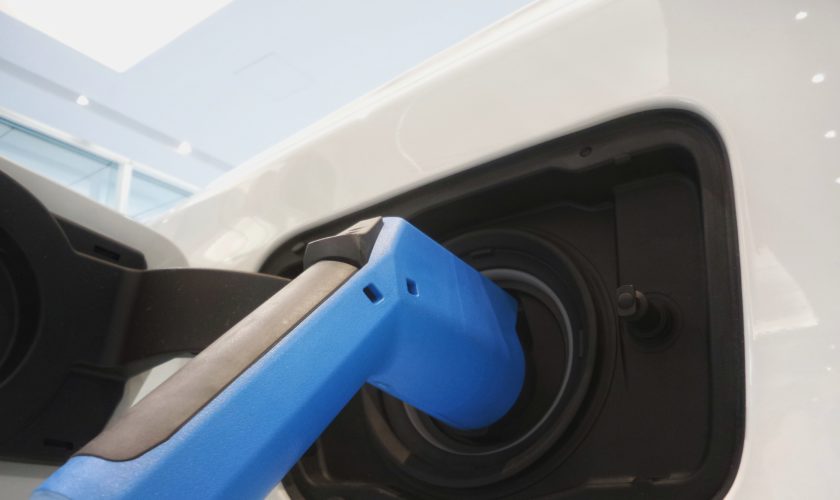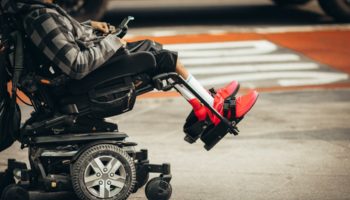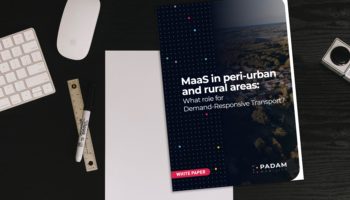An important principle of shared mobility is to get as much individual traffic off the road as possible because more and more cars also mean more and more CO2 emissions, the equation is simple.
Cars are a central cause of air pollution in Europe and account for a full 60.7% of total CO2 emissions from European road traffic.
Of course, this is especially due to the fact that cars are still widely driven by internal combustion engines. But the share in the distribution of fuel types within the European Union of petrol engines (2018 approx. 52 %) and diesel engines (2018 approx. 40 %) is steadily decreasing. With approx. 60 % (petrol + diesel) to 40 % (electric drive) in 2021, electric propulsion systems and other alternative fuels have caught up significantly.
Time to take a closer look at this development and ask what alternative forms of propulsion technologies are actually available, especially for local public transport, what are the advantages and what challenges exist?
Propulsion Technologies of the Future: Electric Engines
For some time now, we have become accustomed to electric cars on our roads. Most car manufacturers have realised that they need to adapt their portfolios to technological and social change and have started to offer quite affordable electric cars.
All in all, this is a positive trend, because electric cars offer decisive advantages over the combustion engines which have been widespread up to now: they do not emit any direct pollutants and thus avoid smog, especially in big cities. Moreover, they drive much more quietly, which is especially beneficial for residents living near busy roads.
However, a car is still a car, and even if electric cars may pave the way for less emission-heavy road traffic, there are still criticisms that indicate that electric engines are not the magic bullet. Although developers advertise that their electric cars do not emit any direct pollutants, this is by no means the case when it comes to electricity generation and battery production.
Here, it is the carmakers’ responsibility to ensure that battery production does not diminish the eco-balance. In fact, the differences from country to country are considerable, which is why no general statement can be made about the CO2 balance of batteries.
Another alternative source of propulsion: Natural Gas Engines
Another much more environmentally friendly alternative to diesel and petrol are vehicles powered by CNG (compressed natural gas). Compared to combustion engines, vehicles powered by natural gas save up to 77% in CO2 emissions. Moreover, emissions of harmful nitrogen oxides and particulate matter are almost completely reduced.
Advocates of natural gas propulsion also see a great opportunity for public transport and claim that the available quantities of sustainably produced natural gas are already sufficient to power “all public transport buses” (referring to Germany). The generation of electricity, on the other hand, according to them, is not as mature and is much more harmful to the environment than bio natural gas.
Despite the good environmental balance, however, this market is developing only very slowly. The main disadvantage is the poor infrastructure of refuelling stations (only about 900 in Germany).
In addition, there are currently only very few manufacturers who are pushing the supply of natural gas vehicles, which will probably make widespread deployment in local public transport very difficult in the long term.
Hydrogen engines – The energy source of the future?
Just like electric vehicles, hydrogen vehicles are equipped with an electric motor. However, the electricity required is not generated by a battery, but by means of fuel cells directly on board. This eliminates the usually long charging process, while the CO2 balance, like with electric vehicles, is similarly positive.
Despite these and other advantages (e.g. long ranges, low-noise operation), hydrogen drives are not yet ready for widespread use in public transport. This is due in particular to the high costs entailed. For example, a bus with a hydrogen fuel cell costs about € 650,000, while a bus with a diesel engine costs about € 200,000 €. To compare: electric buses rank in the middle here with about $ 750,000 (equivalent to approx. € 635,000).
In addition, hydrogen production is not yet mature enough to make the fuel suitable for mass use. Therefore, hydrogen propulsion also requires extensive financial support and a sound political framework. Only then will it be possible to move alternative forms of mobility into the centre of society and make them more attractive, especially for transport providers.
Propulsion technologies: What does this development mean for public transport?
Public transport can definitely benefit from the developments described above. Even though at the moment, people often only talk about individual transport in connection with electromobility, it can be assumed that it will also develop into a dominant element for local public transport.
For example, in the near future, the London transport network is going to be expanded by 68 new zero-emission buses. In addition, the ZeUS project (Zero Emission Urban Bus System) reported that, according to their own research, 19 public transport companies active in 25 European cities, have already submitted plans for a zero-emission bus network.
But regardless of the efforts to establish a (largely) emission-free public transport system, the question of financing will certainly play a decisive role. A recently published study comparing “clean technologies” in relation to their costs indicates that CNG (Compressed Natural Gas) is currently the most affordable solution for public bus networks, which is why this technology is most often chosen by transport operators worldwide. However, which form of propulsion will ultimately prevail in public transport networks will depend on the national and local circumstances in the energy sector, e.g. taxation of energy sources.
To sum up – where are we now?
The steadily advancing developments of alternative forms of propulsion are certainly a step in the right direction. In particular, the many discussions about combustion engine substitutes show that people are generally willing to make the switch for environmental reasons. Yes, perhaps even take this turnaround in the mobility sector as an opportunity to get more informed and thus become increasingly open-minded towards other forms of (shared) mobility.
Electric mobility in particular promises opportunities for emission-free transport provided that the production conditions of the electricity are sustainable. Moreover, studies show that electric public transport is more economical in terms of maintenance costs. The money saved could ultimately be used to do (even) more for environmental protection, to enable low-income earners to get a discounted public transport ticket, or to promote transport-on-demand projects that might convince people that there are not only attractive alternative forms of propulsion but also attractive alternatives to owning a car.
This article might also interest you: Between Reality and Science-Fiction – Will DRT be autonomous?
Find out more about Padam Mobility













